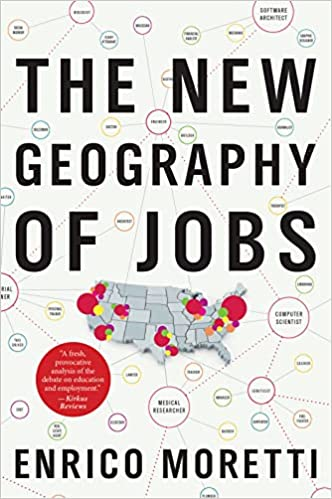The New Geography of Jobs
Abstract
In the past few decades, we have observed that the world economy has become more integrated. Open trade and advance in logistics have shaped the global economic geography; products are made where the costs are cheap and shipped to everywhere around the globe.
Manufacturing jobs have moved from one country to another. Many manufacturing towns in the US, for example, have become less and less populated as manufacturing jobs, that have long brought prosperity to American households and been a part of the “American Dream,” are moving out of the country, while manufacturing towns in emerging economy like China and Vietnam have grown dramatically. American workers in manufacturing sectors were particularly hit the hardest. It is obvious that an economic driver for the US, and for other developed economy, is no longer manufacturing.
Downloads
References
Florida, R. (2002). The rise of the creative class. New York: Basic Books.
Glaeser, E. (2012). Triumph of the city: How our greatest invention makes us richer, smarter, greener, Healthier,and Happier. UK: Macmillan.

Downloads
Published
How to Cite
Issue
Section
License
Copyright (c) 2017 International Journal of Building, Urban, Interior and Landscape Technology (BUILT)

This work is licensed under a Creative Commons Attribution-NonCommercial-NoDerivatives 4.0 International License.











